Home>Home Appliances>Home Automation Appliances>Why Won’t Alexa Turn My TV On?
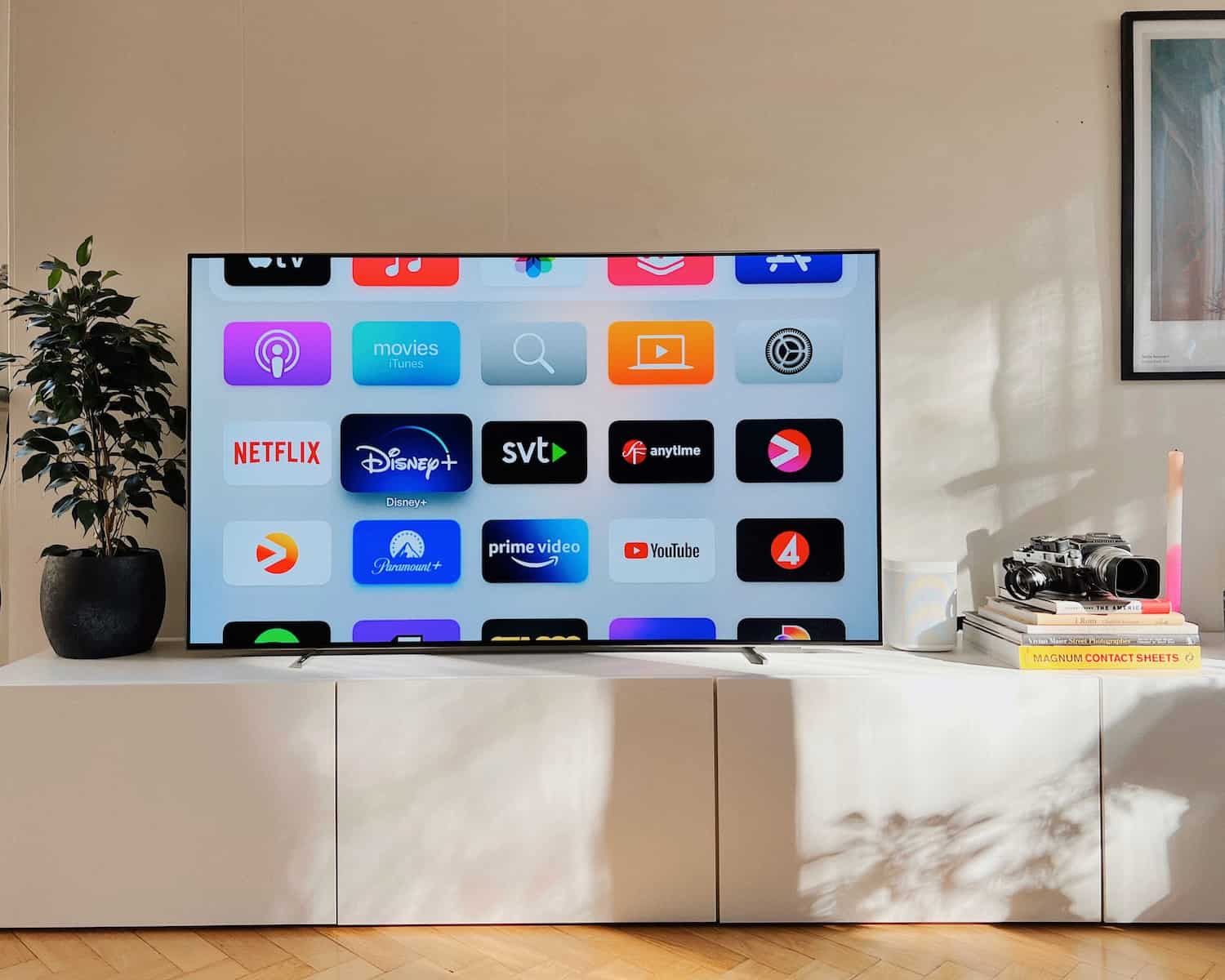

Home Automation Appliances
Why Won’t Alexa Turn My TV On?
Published: January 4, 2024
Discover why your Alexa won't turn on your TV and troubleshoot home automation appliances with expert tips and solutions. Simplify your smart home setup today.
(Many of the links in this article redirect to a specific reviewed product. Your purchase of these products through affiliate links helps to generate commission for Storables.com, at no extra cost. Learn more)
**
Introduction
**
So, you've eagerly set up your smart home with the latest gadgets, including an Amazon Echo device and a smart TV. You're excited to use voice commands to control your television, but when you ask Alexa to turn it on, nothing happens. Frustrating, right? Don't worry, you're not alone. Many users encounter this issue and wonder, "Why won't Alexa turn my TV on?"
In this article, we'll delve into the potential reasons behind this problem and explore troubleshooting steps to help you resolve it. From understanding compatibility issues to checking for updates and ensuring proper configurations, we'll guide you through the process of getting your Alexa-powered smart home to seamlessly control your TV. Let's dive in and unravel the mysteries of smart home automation!
Key Takeaways:
- Ensure your smart TV is compatible with Alexa by checking the user manual or manufacturer’s website. Some older models may have limitations, so consider alternative solutions like a smart home hub or compatible streaming device.
- Troubleshoot connection issues by ensuring both your Amazon Echo and smart TV are on the same Wi-Fi network, checking for physical obstructions, and verifying the functionality of any intermediary devices.
Read more: Why Wont My Washer Turn On
Understanding the Compatibility
When it comes to integrating your smart TV with Alexa, compatibility is crucial. Not all television models are designed to work seamlessly with voice control devices, so it’s essential to verify whether your TV is compatible with Alexa integration. Many smart TVs are equipped with specific features that enable them to communicate effectively with Alexa-enabled devices. These features may include built-in Alexa support, compatibility with Alexa skills, or the ability to connect to a smart home hub that works in conjunction with Alexa.
To determine compatibility, refer to the user manual or the manufacturer’s website for your smart TV. Look for information regarding Alexa integration, voice control capabilities, and supported smart home platforms. If your TV is not inherently compatible with Alexa, you may need to explore alternative solutions, such as using a smart home hub or a compatible streaming device that bridges the gap between your TV and Alexa.
Keep in mind that the compatibility requirements may vary based on the specific model and brand of your smart TV. Some newer models are designed to seamlessly integrate with a wide range of smart home devices, while older models may have limitations in terms of their compatibility with voice control systems like Alexa. Understanding the compatibility of your smart TV with Alexa is the first step toward troubleshooting why Alexa won’t turn your TV on.
Troubleshooting the Connection
When Alexa fails to turn on your TV, the issue may stem from a connection problem between your smart home devices. To address this, start by examining the network and communication links between your Amazon Echo device, your smart TV, and any intermediary devices that facilitate their interaction.
Begin by ensuring that both your Amazon Echo and smart TV are connected to the same Wi-Fi network. Inconsistent network connections can hinder their ability to communicate effectively. If they are on different networks, reconnect them to the same network to establish a seamless connection.
Next, check for any physical obstructions or interference that may disrupt the communication between your Amazon Echo and your TV. Electronic devices, physical barriers, or even excessive distance between the devices can impede their ability to interact smoothly. Make sure that there are no obstacles hindering the signals between the devices.
If you are using an intermediary device, such as a smart home hub or a compatible streaming device to bridge the connection between Alexa and your TV, ensure that it is functioning properly. Verify that the intermediary device is powered on, connected to the same network, and configured to facilitate the interaction between Alexa and your TV.
By troubleshooting the connection between your Amazon Echo and your smart TV, you can identify and address any underlying issues that may be preventing Alexa from turning your TV on. Establishing a robust and reliable connection is essential for seamless communication and efficient control of your smart home devices.
Checking for Updates
Keeping your smart home devices up to date is crucial for ensuring optimal performance and compatibility. When Alexa is unable to turn on your TV, outdated firmware or software may be a contributing factor. To address this, it’s essential to check for updates on both your Amazon Echo device and your smart TV.
Start by verifying if there are any available updates for your Amazon Echo device. Open the Alexa app on your mobile device, navigate to the settings for your Echo device, and check for any pending firmware updates. If updates are available, proceed to install them to ensure that your Echo device is running the latest software version.
Similarly, check for firmware or software updates for your smart TV. Access the settings menu on your TV and look for options related to system updates or software upgrades. If updates are available, follow the on-screen instructions to download and install them. These updates often include improvements in device compatibility, bug fixes, and enhanced features that can contribute to a smoother integration with Alexa.
Additionally, if you are using an intermediary device, such as a smart home hub or a streaming device, ensure that it is also updated to the latest firmware or software version. Keeping all the components of your smart home ecosystem up to date is essential for maintaining seamless connectivity and resolving potential compatibility issues that may hinder Alexa’s ability to control your TV.
By proactively checking for updates and ensuring that your devices are running the latest software versions, you can mitigate potential compatibility issues and create an environment conducive to successful interactions between Alexa and your smart TV.
Make sure your TV and Alexa device are connected to the same Wi-Fi network. Check if your TV is compatible with Alexa and if the necessary skills or apps are enabled on your Alexa device. Also, ensure that your TV is turned on and plugged in.
Verifying the Power Source
When encountering issues with Alexa’s ability to turn on your TV, it’s important to consider the power source for both your Amazon Echo device and your smart TV. Inadequate power supply or irregular power distribution can impact the functionality of these devices and impede their ability to communicate effectively.
Begin by confirming that your Amazon Echo device is receiving a stable power supply. Ensure that it is plugged into a reliable power outlet and that the power adapter is functioning correctly. If your Echo device is powered by a rechargeable battery, make sure that it is adequately charged and operational. A stable power source is essential for enabling the Echo device to execute voice commands and communicate with your smart TV.
Similarly, assess the power source for your smart TV. Verify that the TV is connected to a functional power outlet and that the power cable is securely plugged in. In some cases, power fluctuations or electrical issues can disrupt the operation of the TV, affecting its responsiveness to Alexa’s commands. If the TV has a standby mode or a low-power state, ensure that it is configured to receive commands from Alexa even when not in active use.
Consider any power-related settings or energy-saving features on your smart TV that may impact its ability to power on in response to Alexa commands. Adjust these settings as needed to ensure that the TV remains accessible and responsive to voice commands from your Amazon Echo device.
By verifying the power source for both your Amazon Echo device and your smart TV, you can address potential power-related issues that may be hindering Alexa’s control over your TV. A stable and reliable power supply is fundamental to the seamless operation of your smart home devices and their interaction with voice-controlled systems like Alexa.
Read more: Why Wont My Fan Turn On
Ensuring Proper Configuration
Proper configuration of your smart home devices is essential for enabling seamless interactions between Alexa and your smart TV. When Alexa fails to turn on your TV, reviewing and adjusting the configuration settings can help identify and resolve any issues that may be impeding their communication.
Begin by checking the settings for your Amazon Echo device within the Alexa app. Ensure that the Echo device is correctly set up and linked to your Amazon account. Verify that it is connected to the same Wi-Fi network as your smart TV and that it has the necessary permissions to control compatible smart home devices, including your TV.
Next, review the settings on your smart TV to confirm that it is configured to receive commands from Alexa. Depending on the TV model and its integration with Alexa, there may be specific settings related to voice control and smart home compatibility. Navigate to the TV’s settings menu and look for options related to voice commands, smart home integration, or Alexa connectivity. Adjust these settings as needed to enable the TV to respond to voice commands from your Amazon Echo device.
If you are using an intermediary device, such as a smart home hub or a compatible streaming device to facilitate the interaction between Alexa and your TV, ensure that it is correctly configured and integrated with both devices. Verify that the intermediary device is recognized and functional within your smart home ecosystem, allowing for seamless communication between Alexa and your TV.
Additionally, consider any specific voice command requirements or naming conventions for controlling your TV via Alexa. Certain TV models may have unique commands or specific naming protocols for voice control. Familiarize yourself with these requirements and ensure that your voice commands align with the TV’s configuration to facilitate successful control through Alexa.
By ensuring proper configuration of your Amazon Echo device, smart TV, and any intermediary devices, you can establish an environment conducive to effective communication and control. Properly configuring these devices enhances their compatibility and streamlines the process of using Alexa to manage your smart TV.
Conclusion
Addressing the issue of why Alexa won’t turn on your TV involves a comprehensive approach that encompasses compatibility, connection troubleshooting, updates, power source verification, and proper configuration. By understanding the compatibility requirements of your smart TV with Alexa, you can lay the groundwork for successful integration and control. Troubleshooting the connection between your Amazon Echo device and your TV, ensuring they are on the same network, and addressing any physical or technical barriers can pave the way for seamless communication.
Regularly checking for updates on your Amazon Echo device, smart TV, and any intermediary devices is essential for maintaining compatibility and resolving potential software-related issues. Verifying the power source for both devices and configuring them to respond effectively to voice commands from Alexa is fundamental to their reliable operation. By addressing these aspects, you can create an environment conducive to successful interactions between Alexa and your smart TV.
As smart home technology continues to evolve, the integration of voice-controlled devices like Alexa with smart TVs offers unparalleled convenience and automation. By troubleshooting and addressing the underlying reasons for Alexa’s inability to turn on your TV, you can unlock the full potential of your smart home ecosystem and enjoy effortless control and entertainment.
Remember, patience and persistence are key when troubleshooting smart home devices. By following the steps outlined in this article and staying informed about the latest developments in smart home technology, you can overcome challenges and create a seamlessly integrated and responsive smart home environment that enhances your daily life.
Frequently Asked Questions about Why Won't Alexa Turn My TV On?
Was this page helpful?
At Storables.com, we guarantee accurate and reliable information. Our content, validated by Expert Board Contributors, is crafted following stringent Editorial Policies. We're committed to providing you with well-researched, expert-backed insights for all your informational needs.
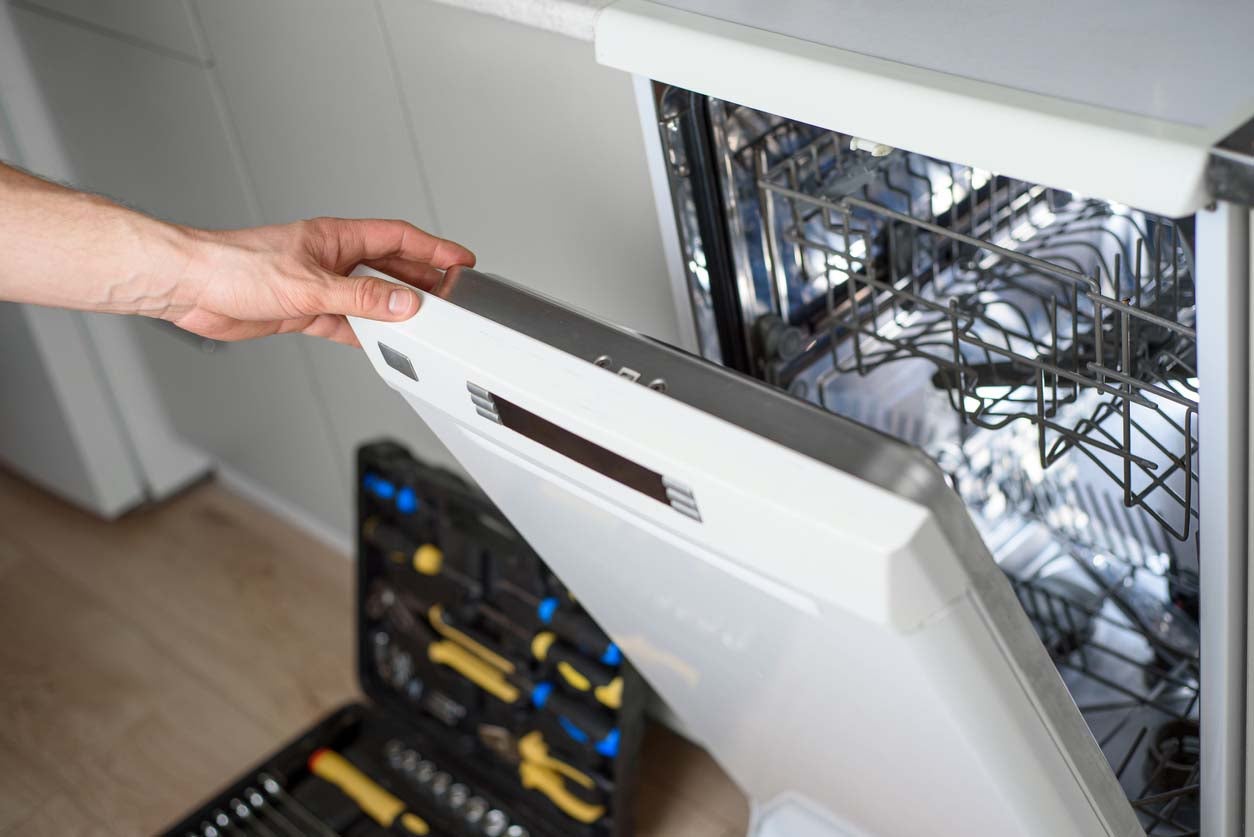
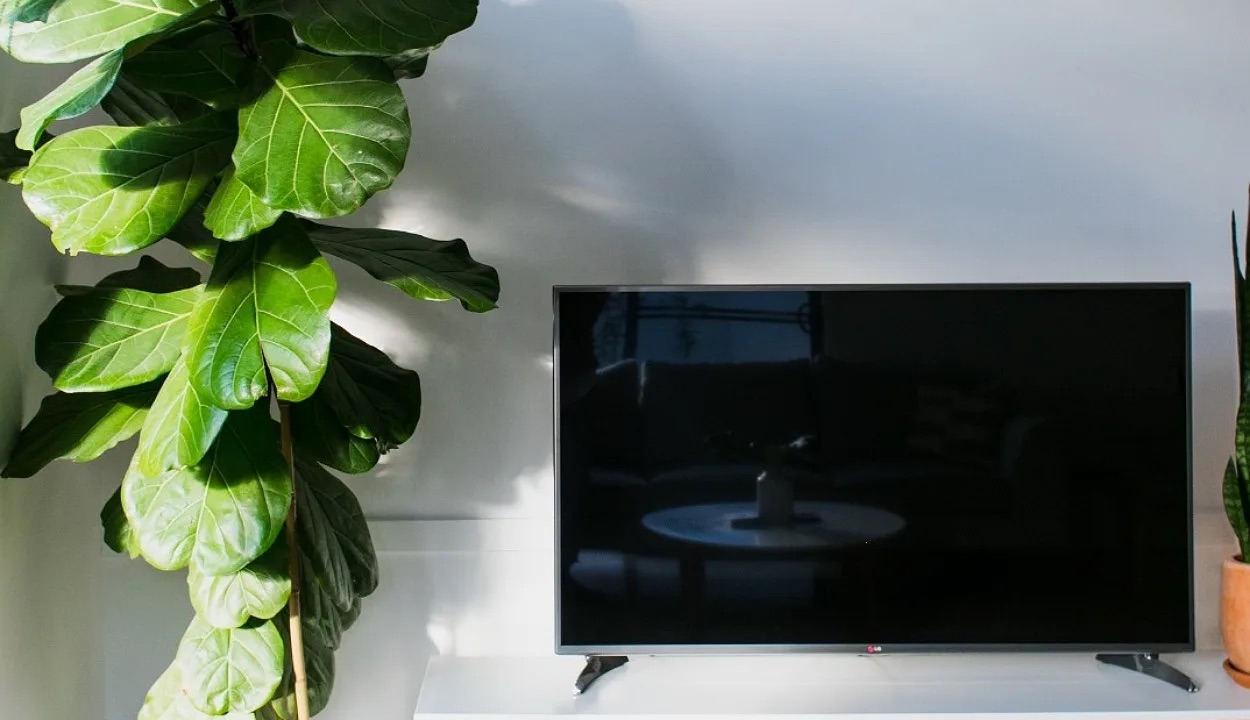
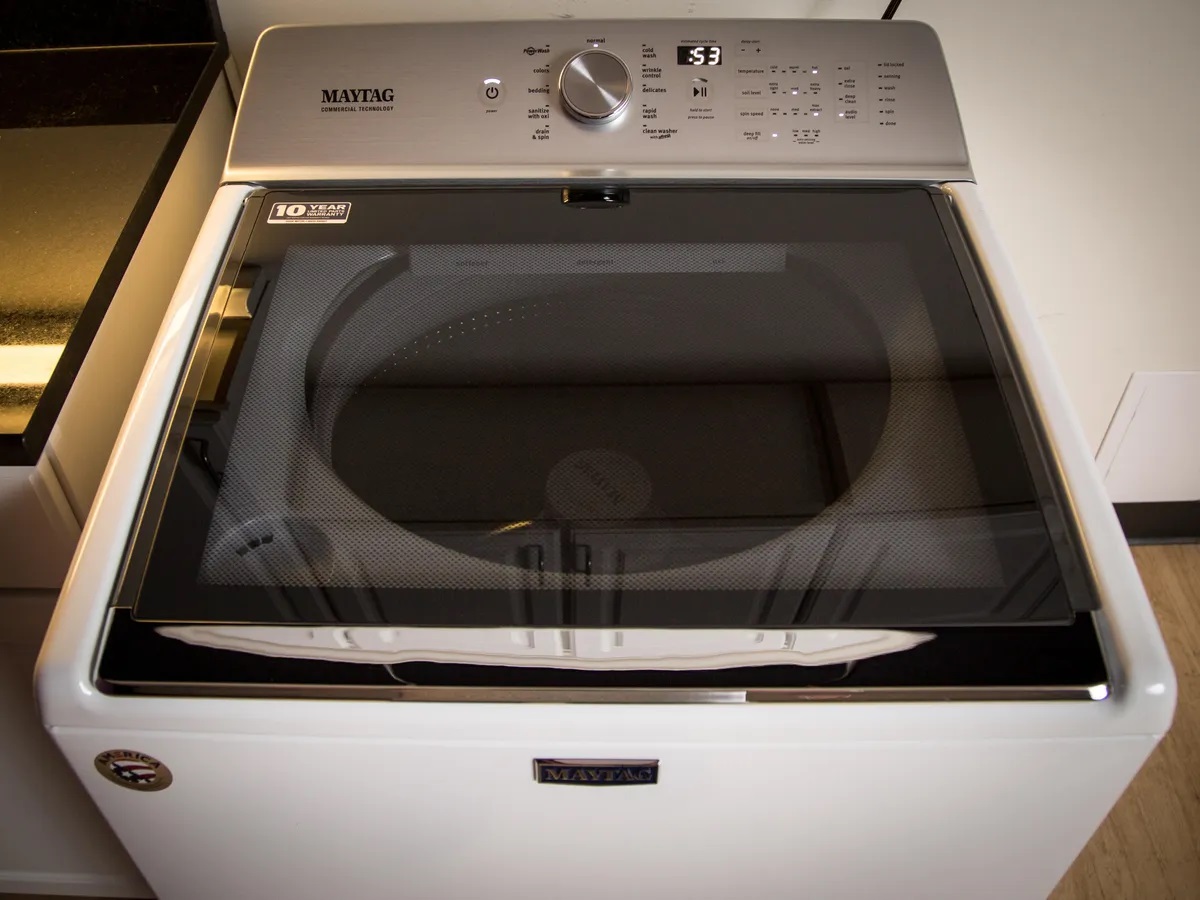
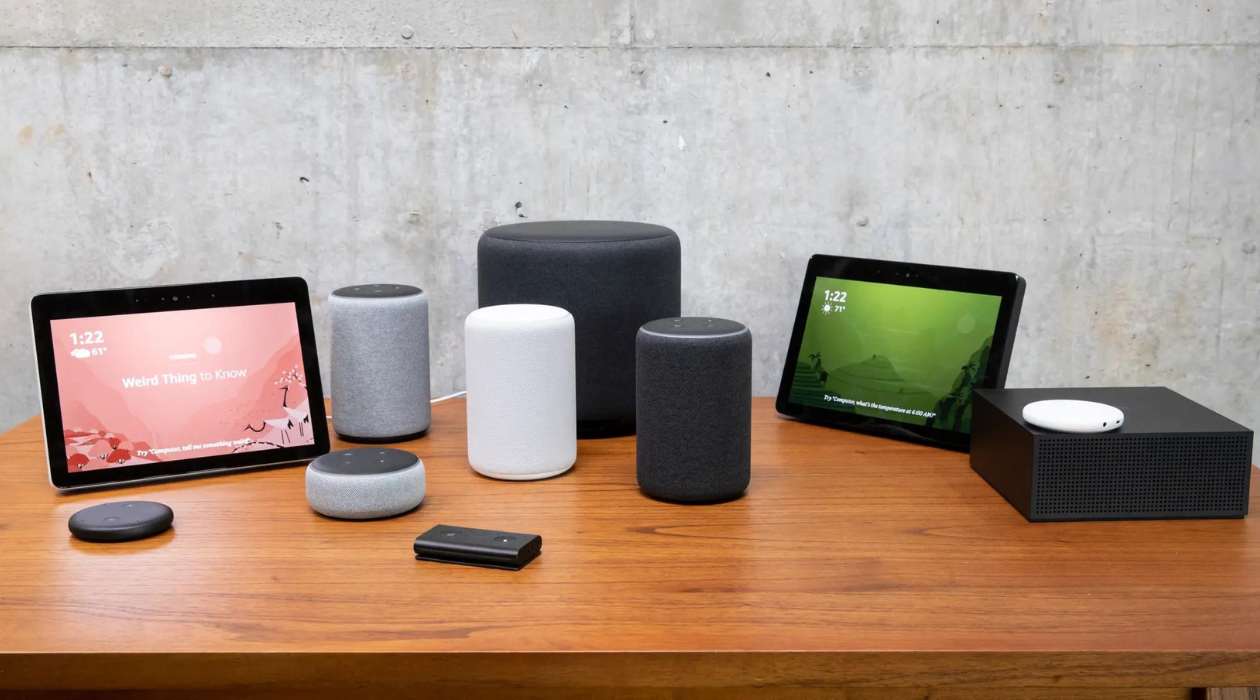
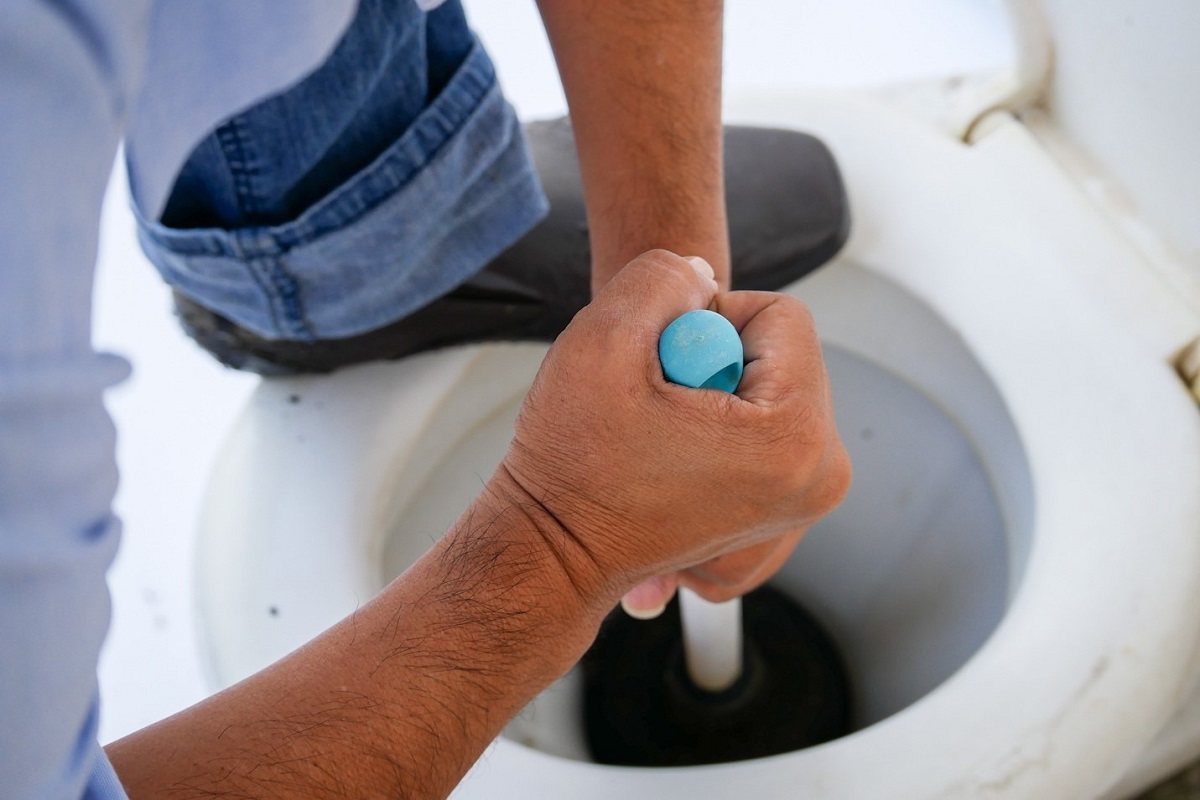
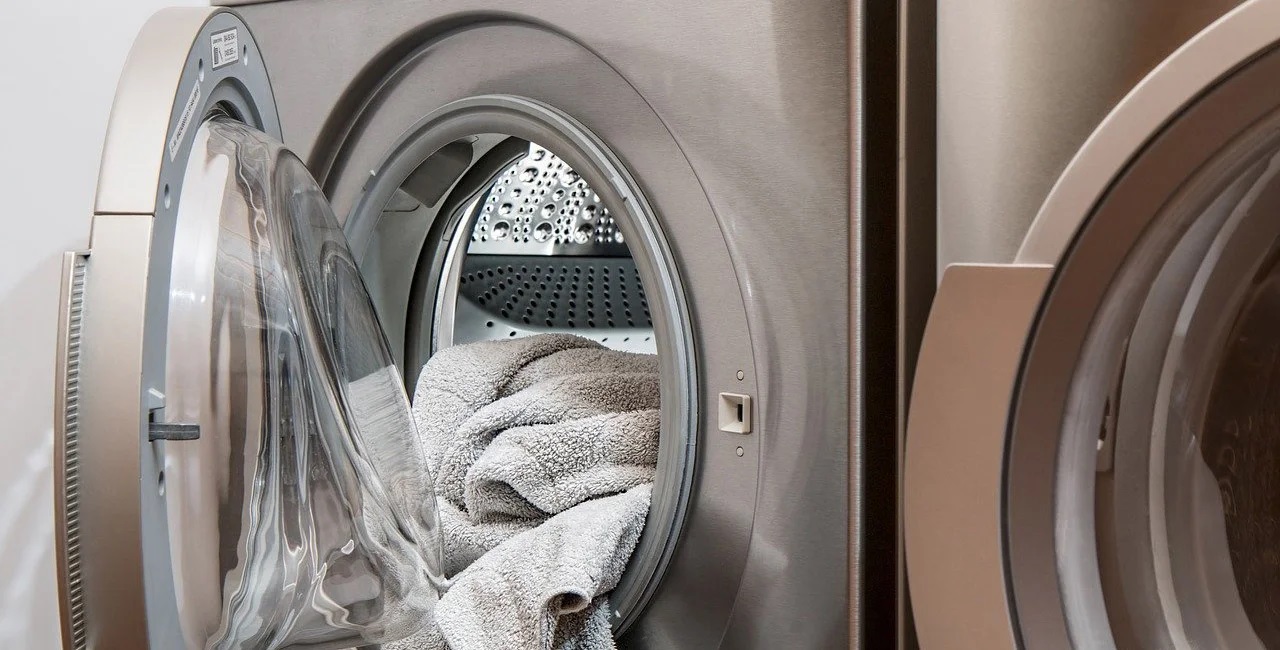
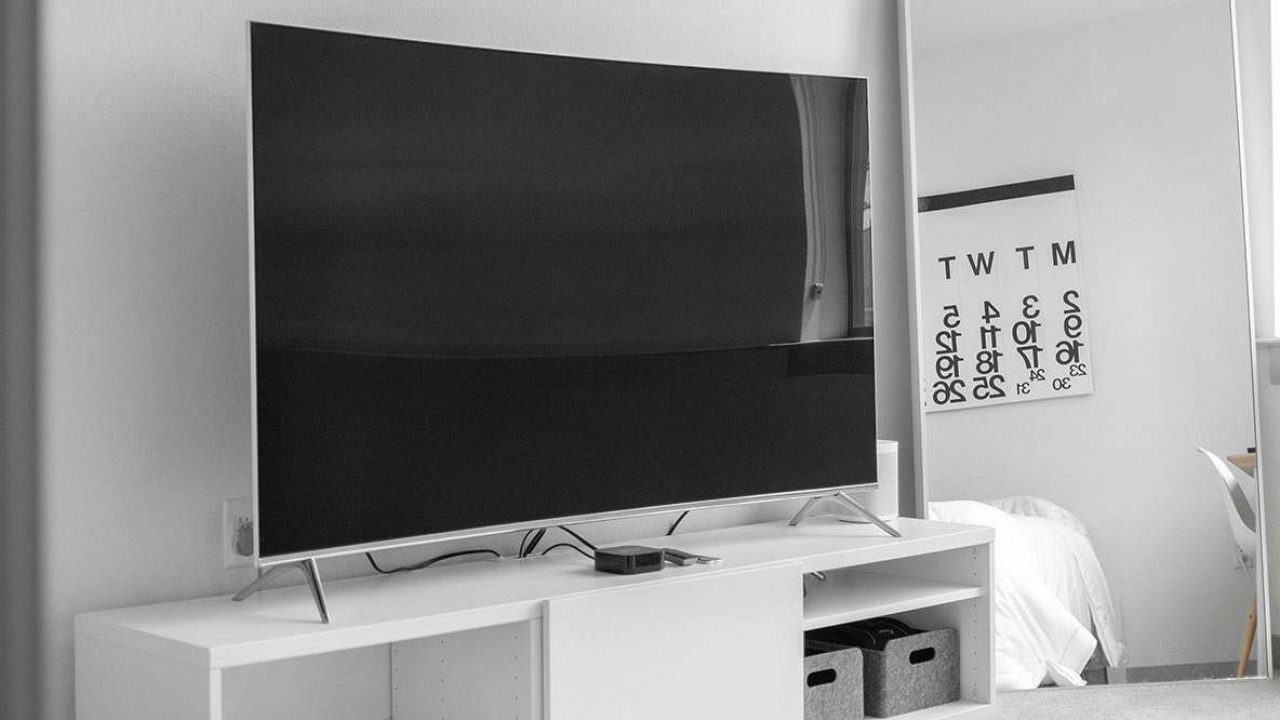
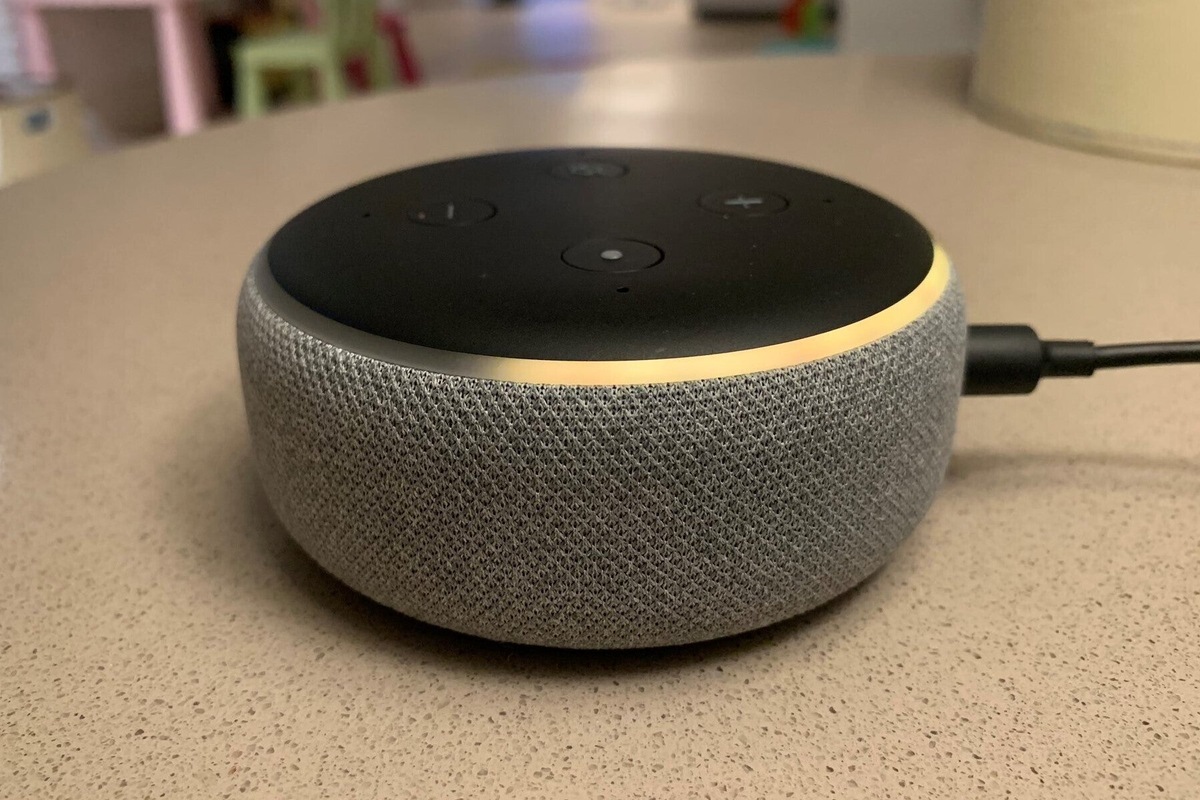
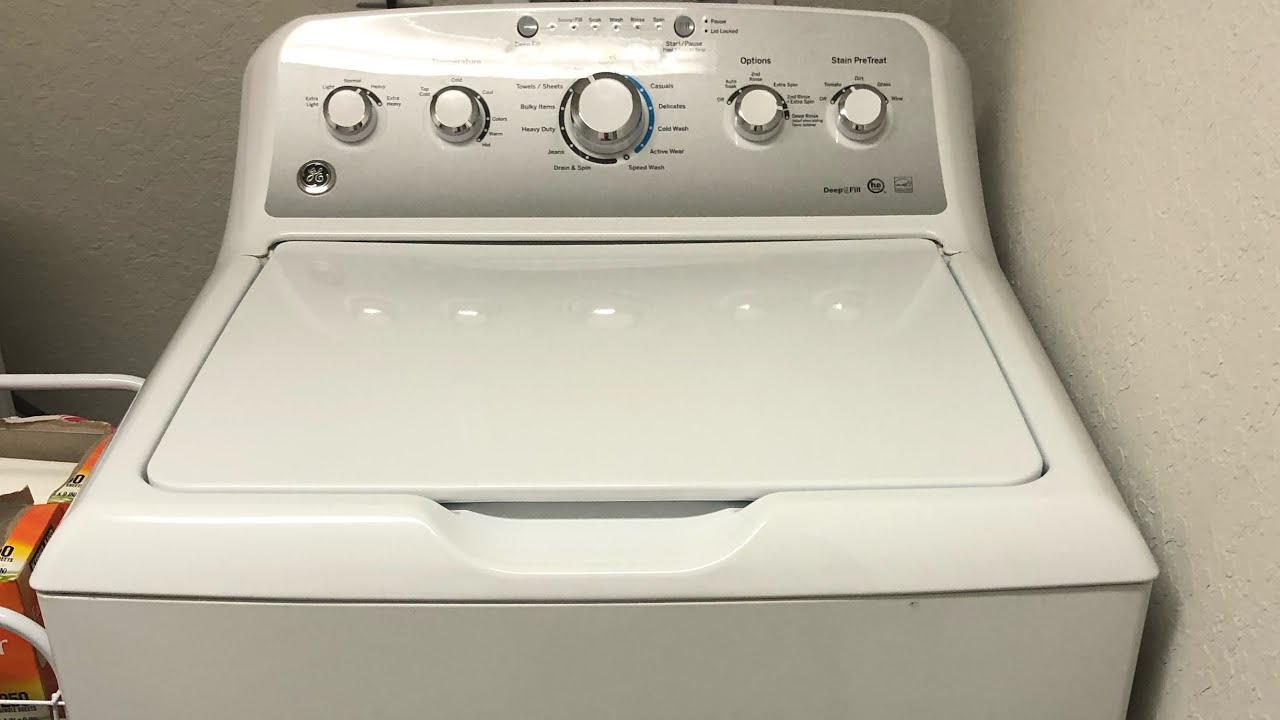
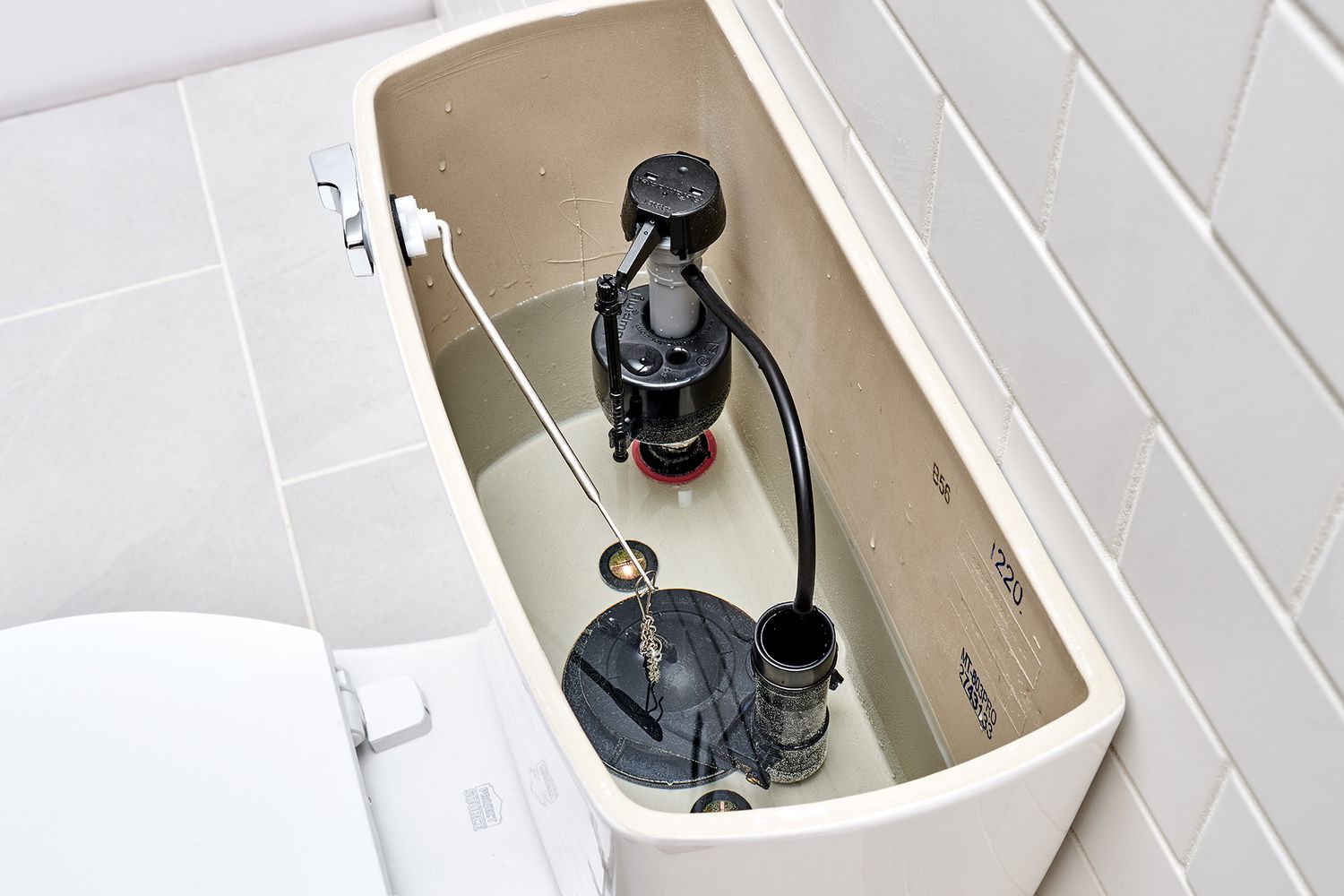
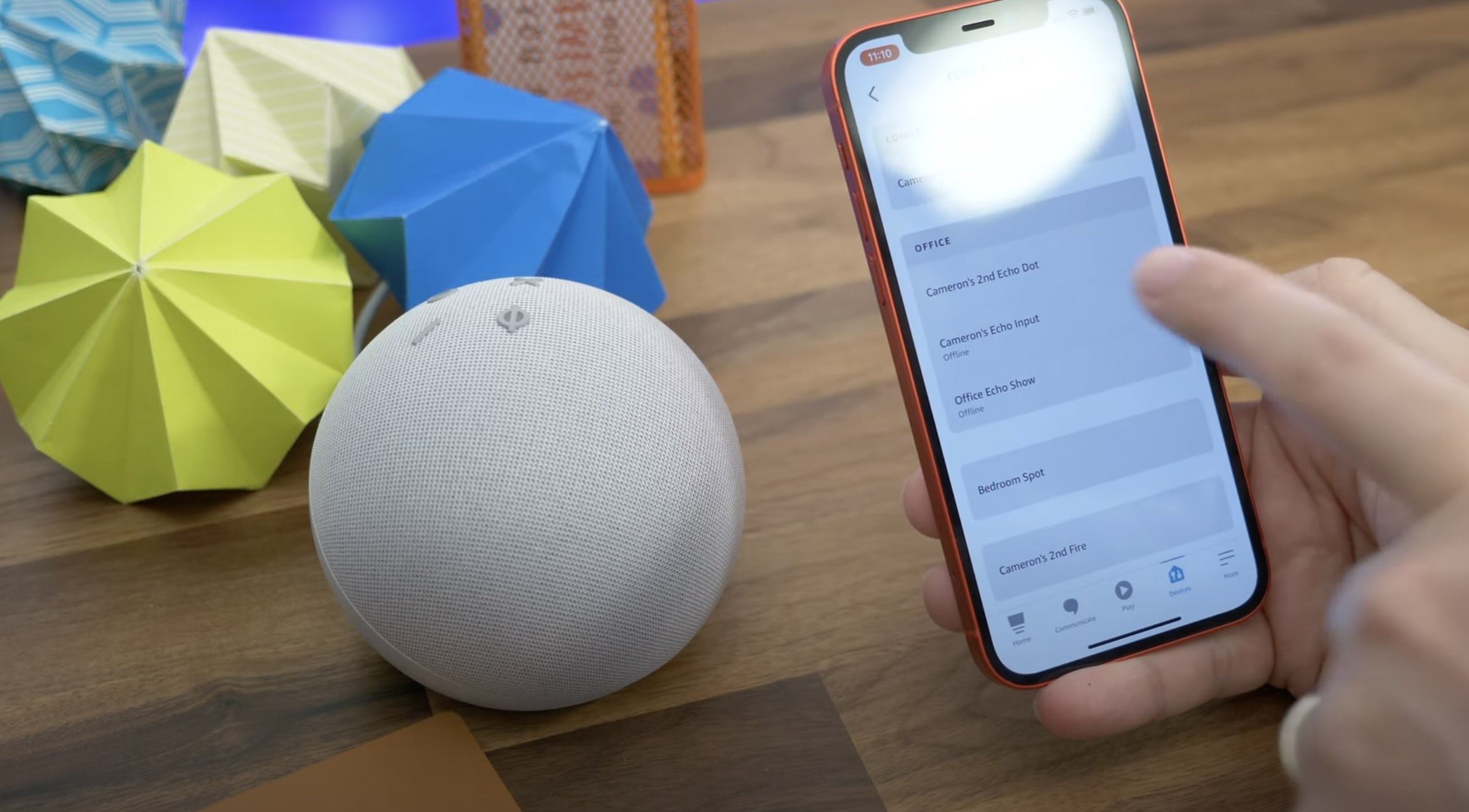
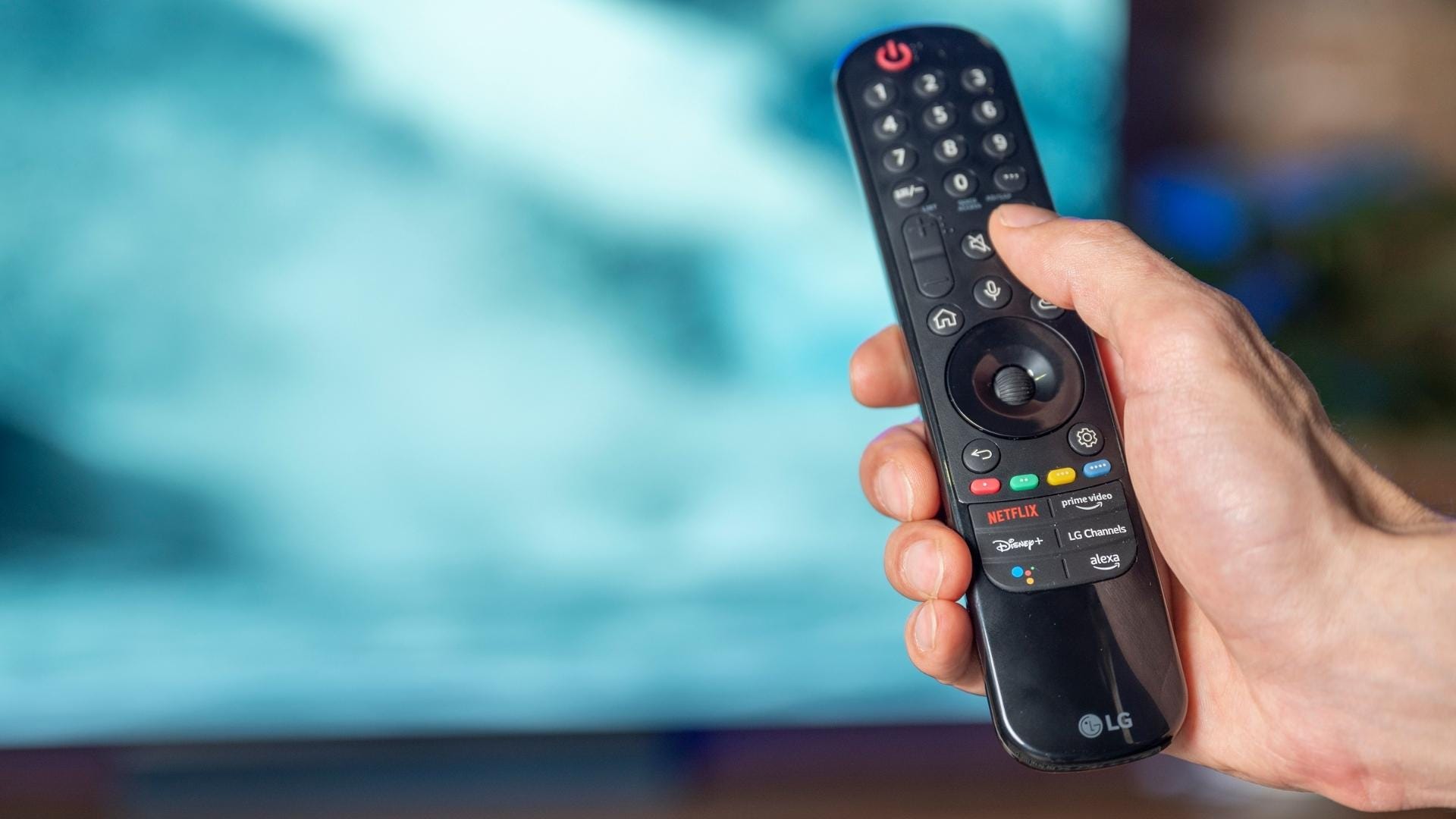
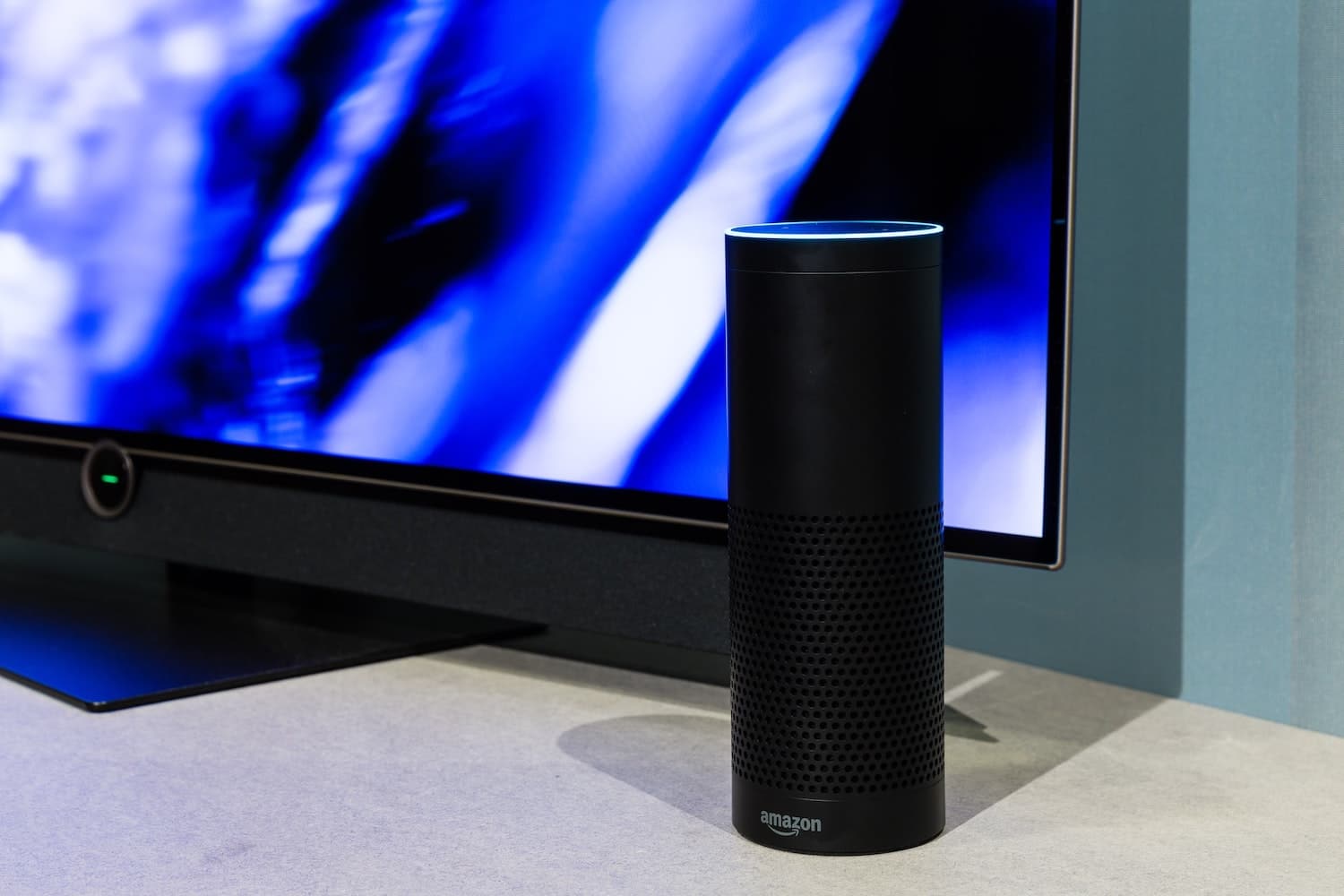
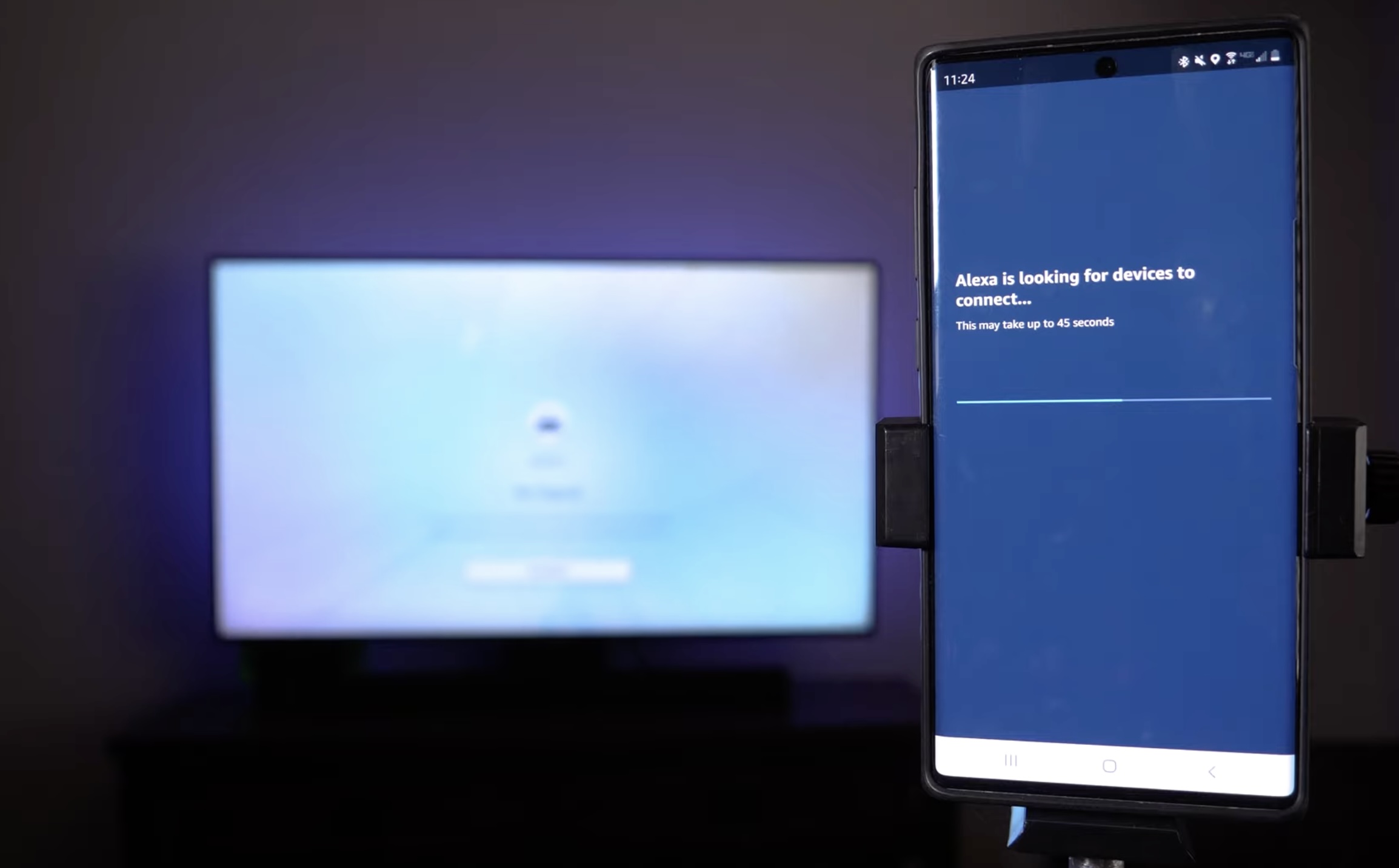

0 thoughts on “Why Won’t Alexa Turn My TV On?”